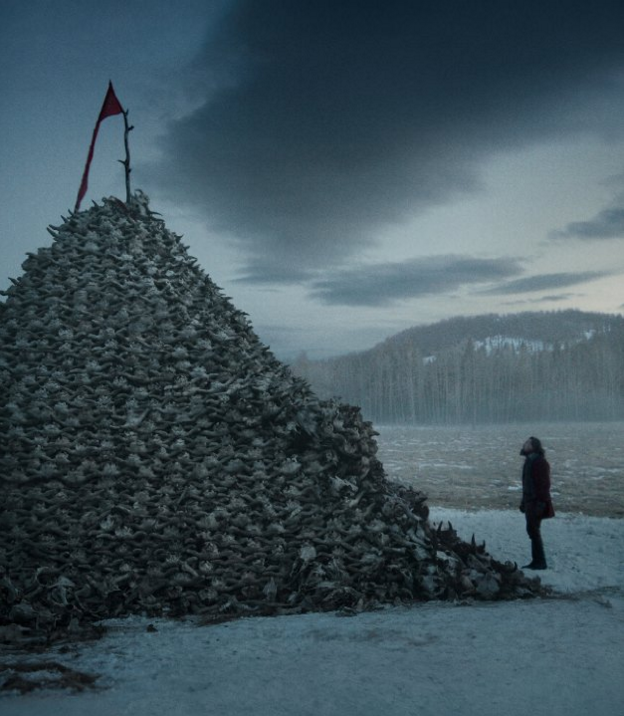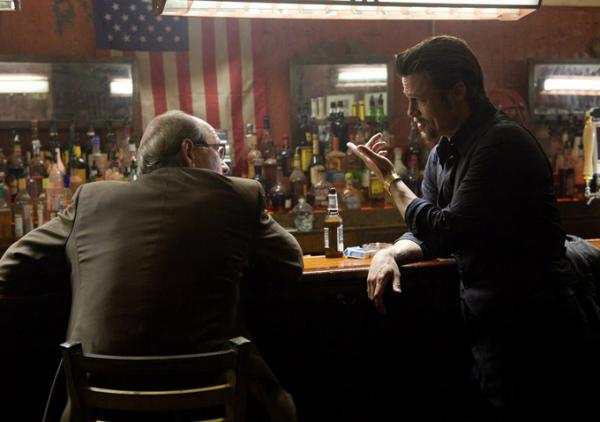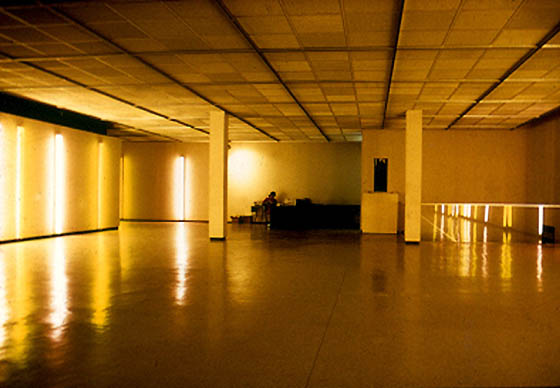Frontier Ghosts
A REVIEW OF THE REVENANT
“We had seen God in His splendors, heard the text that Nature renders. We had reached the naked soul of man.” ― Ernest Shackleton
 There is a surprising amount of water in Alejandro Iñárritu’s The Revenant. The film begins with water and ends with water. Water is the central metaphor for what it is to be human. Humanity and nature can be both fluid and an unstoppable force, soft and hard. The power of The Revenant lies not in its unrelenting fury, but in its subtle grasp of an uncaring universe.
There is a surprising amount of water in Alejandro Iñárritu’s The Revenant. The film begins with water and ends with water. Water is the central metaphor for what it is to be human. Humanity and nature can be both fluid and an unstoppable force, soft and hard. The power of The Revenant lies not in its unrelenting fury, but in its subtle grasp of an uncaring universe.
No one and no thing is spared from an unwashed treatment in this film. Nature is as unforgiving as humanity. Native Americans are as brutal as the Europeans and Americans. There is betrayal and compassion in nearly equal measure. The Revenant lays bare, in sweeping cinematic meditations and succinct episodes of violence the experience of the earliest settlement of the American west. It may be hard for us to grasp the unknown rawness that was the Dakota territory in 1823, or for that matter America. In 1820 Maine, yes Maine, became the 23rd state in the Union. After the Missouri Compromise of that same year, declaring state’s rights over Federal dictate, fur trappers and settlers poured into the Missouri river region.
Although filmed in Canada, Montana and South America, The Revenant is based on a story of the fur trapper Hugh Glass whose party, the Henry & Ashley Company (Rocky Mountain Fur Trade Company in the film) was attacked by Arikara (Ree) indians while trapping in the upper Missouri river in South Dakota. Soon after Glass splits off with the remaining party of trappers to travel overland in order to deliver their haul and escape the rath of the Arikara indians. Shortly into the journey, Glass stumbles upon a Grizzly mother who ferociously defends her cubs with Glass ending up the recipient of near-death wounds. The remainder of the film is the harrowing tale of Glass’ determination in the face of punishing odds to find his way back to Fort Henry and the rest of the fur traders.
[youtube https://www.youtube.com/watch?v=9OfPMJQ3Bpo]
Iñárritu’s film differs substantially from what is known of the real Hugh Glass but that is unimportant to the film or the viewer. What lies at the heart of the original story and The Revenant film is a European ideology that persisted a never ending conquering of all things they deemed savage in the pursuit of wealth and territory. This is the soft underbelly of North American history. The Louisiana Purchase of 1803 opened up a great swath of the American plains to settlement and began a relentless exploration that ended with the subjugation and genocide of millions of indians. Iñárritu’s story embellishment of Glass’ lust for revenge (in real life Glass forgave Fitzgerald and Bridger), provides an underpinning of darkness that matches the true story of European destruction of native tribes. Despite Glass’ heroic survival against indians, nature, a bear, the French, and even his own trappers; the lesson Iñárritu wants us to understand is this fundamental lack of European compassion. Glass is the revenant or ghost of European continental oppression. There is nothing redemptive in the history of North America and you will a similar lacking in The Revenant. In the end Iñárritu’s Glass is left trapped between dreams and reality, built on the random consequences of an unpredictable life.
As cinema, there is little to find fault with in The Revenant. It is everything and more, that The Hateful Eight is not. Iñárritu paints violence with a delicate brush in sharp contrast to Tarrantino’s dull hatchet. Where Tarrantino embraces without question the mindless consumerist cartoon characters of our popular culture, Iñárritu reaches back into our dark past to show us the true vision of what led us to this point in time, leaving us along in a wilderness of the mind to contemplate our shared history. Leonardo DiCaprio, is uniquely suited for the role of Hugh Glass. DiCaprio brings a vulnerability in terms of scale that allows a wider audience to identify with him. Indeed all of the acting is at its professional best including an understated standout performance by First Nations actor Duane Howard as the Arikara leader Elk Dog.
The film pays homage to the work of Terrence Malick sans the heavy-handed spirituality, and borrows from Jim Jarmusch’s Dead Man, Sydney Pollack’s Jeremiah Johnson, and Hayao Miyazaki’s Princess Mononoke. Emmanuel Lubezki’s cinematography focuses on earth, water, and sky creating unspoken relationships between humanity and the ultimate arbiter, nature. There are extraordinary moments when crystalline snow clouds rush across tree tops as they crackle with the icy cold, or the hot breath of human or animal cloud the camera lens. The film exquisitely captures the fierce, desolate majesty of the early 19th century Louisiana Territory while avoiding an emphasis on grandeur over reality, or style over substance. Despite some sweeping vistas and breathtaking scenery, one always feels firmly planted in place, in a specific location that is witness to the smallness of humanity.
I worry American audiences inured to fake violence and accustomed to ten second cuts will find the film burdensome and as Anthony Lane of the New Yorker inaccurately stated that “the beauty has a willful air”. Despite its more than two and a half hour length, I never found it overwrought or willful. Although there is a Shackleton-like endurance to the film, it underpins the Revenant’s message of our human desire for incessant domination of nature even at our own expense. Like all great art, The Revenant is more interested in ambiguity than answers. I can’t wait to see it again, and again.




